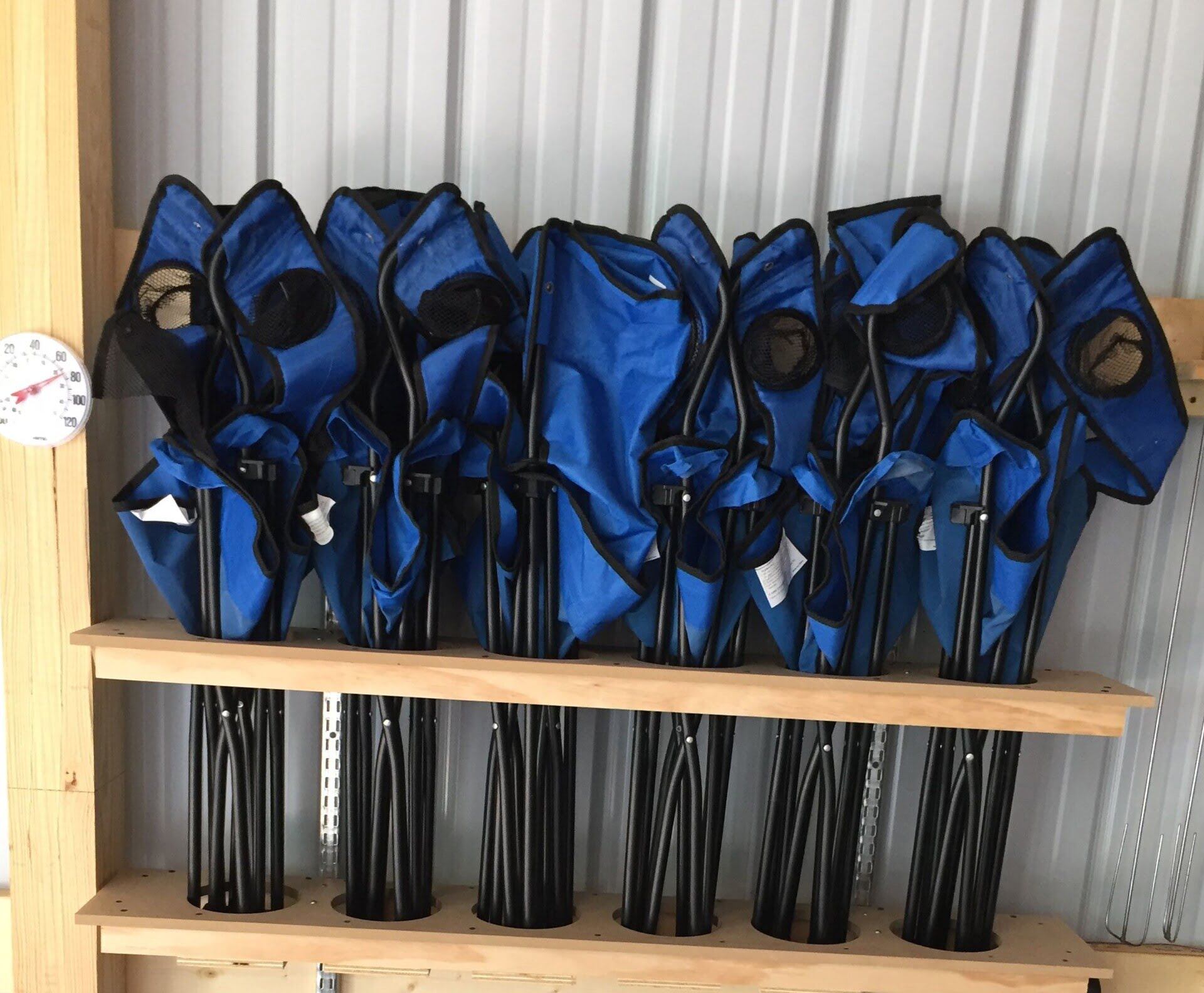

Articles
How To Store Camp Chairs
Modified: December 7, 2023
Learn the best practices for storing camp chairs in this helpful guide. Find articles and tips to keep your chairs organized and ready for your next outdoor adventure.
(Many of the links in this article redirect to a specific reviewed product. Your purchase of these products through affiliate links helps to generate commission for Storables.com, at no extra cost. Learn more)
Introduction
When the camping season comes to an end, it’s time to start thinking about storing your camp chairs. Properly storing your camp chairs ensures that they will be in good condition and ready for your next outdoor adventure. Whether you have folding chairs, backpacking chairs, or lounge chairs, taking some time to clean, organize, and protect them will extend their lifespan and save you money in the long run.
In this article, we will provide you with a step-by-step guide on how to store your camp chairs properly. From cleaning and disassembling to selecting the right storage space and protecting them from damage, we’ve got you covered. So let’s dive in and learn how to store your camp chairs like a pro!
Key Takeaways:
- Properly storing camp chairs involves thorough cleaning, disassembling, and selecting the right storage space. Vertical storage, covering, and labeling ensure chairs remain in top condition for future outdoor adventures.
- By following a step-by-step guide, camp chair owners can protect their investment, extend the chairs’ lifespan, and save money in the long run. Thorough cleaning, proper disassembly, and thoughtful storage considerations are key to maintaining camp chairs.
Read more: How To Store Camping Chairs
Step 1: Cleaning the Chairs
The first step in properly storing camp chairs is to clean them thoroughly. Over time, dirt, sand, food crumbs, and other debris can accumulate on the chairs, which may lead to mold, mildew, or damage. Follow these simple steps to ensure your camp chairs are clean and ready for storage:
- Brush off loose debris: Start by using a soft brush or cloth to remove any loose dirt or debris from the chairs. Pay special attention to crevices and folds where dirt can accumulate.
- Wipe with a damp cloth: Take a damp cloth and wipe down the entire surface of the chairs, including the backrest, seat, and legs. This will help remove any remaining dirt and stains.
- Mild soap and water: For chairs with stubborn stains or sticky residue, mix some mild soap with water and create a soapy solution. Use a sponge or soft brush to gently scrub the affected areas. Rinse with clean water and wipe dry.
- Avoid harsh chemicals: Avoid using harsh chemicals or abrasive cleaners that can damage the fabric or coating of the chairs. Stick to mild soap and water for safe and effective cleaning.
- Allow chairs to fully dry: After cleaning, make sure to allow the chairs to fully air dry before moving on to the next step. This will prevent mold and mildew from developing during storage.
By following these cleaning steps, you will ensure that your camp chairs are free from dirt and debris, making them ready for storage.
Step 2: Folding and Disassembling
Once you have cleaned your camp chairs, the next step is to fold and disassemble them. Properly folding and disassembling your chairs not only saves space but also helps prevent any damage during storage. Follow these steps to fold and disassemble your camp chairs:
- Folding folding chairs: If you have folding camp chairs, start by releasing any locking mechanisms and slowly fold them according to the manufacturer’s instructions. Make sure all hinges are aligned properly and the chair is securely folded.
- Disassembling parts: For chairs with removable parts such as footrests or side tables, remove them and store them separately. This will prevent any potential damage or loss of these smaller components.
- Stacking and securing: If you have multiple chairs, stack them neatly on top of each other. Secure them with bungee cords or straps to keep them stable during storage. This will help optimize space and prevent any toppling or shifting of chairs.
- Bagging or covering: Consider placing the folded chairs in a protective bag or cover to keep them clean and dust-free. This is especially important if you are storing your chairs in a garage or shed where dust and debris may accumulate.
By properly folding and disassembling your camp chairs, you will not only save space but also ensure that they are stored in a compact and secure manner.
Step 3: Selecting the Right Storage Space
Choosing the right storage space for your camp chairs is crucial to protect them from damage and ensure their longevity. Here are some factors to consider when selecting the right storage space:
- Indoor vs. outdoor storage: If possible, opt for indoor storage to protect your chairs from harsh weather conditions, direct sunlight, and extreme temperatures. A basement, garage, or dedicated storage room are ideal options. However, if indoor storage is not available, consider using a weatherproof storage shed or covering the chairs with a waterproof tarp.
- Temperature and humidity: Choose a storage space that has a relatively stable temperature and low humidity. Extreme temperatures can degrade the materials of the chairs, while high humidity can lead to mold and mildew growth. Avoid storing chairs in areas prone to temperature fluctuations or dampness.
- Protection from pests: Ensure that the storage space is secure and protected from pests such as rodents and insects. Use traps or repellents if necessary to prevent any unwanted visitors from damaging your chairs.
- Accessibility: Consider the ease of access to your stored camp chairs. If you plan on using them frequently, choose a storage location that allows for convenient retrieval without having to move many obstacles or heavy items.
By carefully selecting the right storage space, you can protect your camp chairs from environmental damage and ensure they remain in top condition for your next outdoor adventure.
When storing camp chairs, make sure to clean and dry them thoroughly before folding and storing them in a dry, well-ventilated area. This will help prevent mold and mildew from forming on the fabric.
Step 4: Storing Chairs Vertically
One effective way to maximize space and prevent any potential damage to your camp chairs is by storing them vertically. Here’s how you can store your chairs in a standing position:
- Clear the area: Make sure to clear any clutter or obstacles from the storage area where you plan to store the chairs vertically. This will provide enough space to accommodate the chairs and prevent any accidents or tripping hazards.
- Position the chairs: Stand the chairs upright, with the seat touching the ground and the backrest facing upwards. Ensure that the legs are spread evenly for stability.
- Secure the chairs: If you have multiple chairs, use straps or bungee cords to secure them together. This will help prevent any toppling or movement during storage, especially if the storage area is prone to vibrations or shaking.
- Utilize wall space: If possible, lean the chairs against a wall to provide additional stability. This will also help save space and keep the chairs in an upright position.
- Consider storing on hooks or racks: To further optimize your vertical storage, install hooks or racks on the wall to hang the chairs. This not only keeps them organized but also helps alleviate any pressure on the legs.
Storing your camp chairs vertically not only saves space but also minimizes the risk of any damage or stress on the frames or fabric. It’s a great way to keep your chairs easily accessible and neatly organized.
Read more: How To Store Lawn Chairs In Garage
Step 5: Covering and Protecting
To ensure your camp chairs remain in excellent condition during storage, it’s important to cover and protect them from dust, moisture, and other potential sources of damage. Follow these steps to effectively cover and protect your chairs:
- Use chair covers: Purchase or make chair covers specifically designed for camp chairs. These covers are typically made of durable, waterproof material that shields the chairs from dust, dirt, and moisture. Place the covers over the chairs, ensuring they are fully covered.
- Consider using plastic wrap: For an additional layer of protection, you can also wrap the chairs in plastic wrap. Start at the bottom and work your way up, making sure to wrap tightly to minimize any potential shifting or exposure to the elements.
- Avoid using plastic bags: While it may be tempting to use plastic bags as a cheaper alternative, they can trap moisture and lead to mold and mildew growth. Stick to proper chair covers or plastic wrap designed for this purpose.
- Store chairs away from moisture sources: Ensure that the storage area is well-ventilated and away from any potential moisture sources, such as leaky pipes or windows. This will help prevent the chairs from becoming damp or developing mold.
- Consider using desiccant packs: To further protect against moisture, you can place desiccant packs or moisture absorbers near the chairs. These packs will help absorb any excess moisture in the air and maintain a dry environment.
By covering and protecting your camp chairs, you are taking the necessary steps to ensure they remain clean, dry, and in excellent condition throughout the storage period.
Step 6: Proper Labeling
Properly labeling your stored camp chairs is an essential part of the storage process. Clear labeling helps you easily identify and locate your chairs when needed. Follow these steps to ensure proper labeling:
- Labeling system: Decide on a labeling system that works best for you. You can use color-coded labels, numbered tags, or simply write the description on adhesive labels. Choose a method that is clear and easy to understand.
- Include important details: When labeling, make sure to include important details such as the type of chairs, quantity, and any special instructions. This will help you quickly identify the chairs and understand any specific considerations when retrieving them.
- Attach labels securely: Ensure that your labels are securely attached to the chairs or their storage bags/covers. Use adhesive tape, zip ties, or other methods that will prevent the labels from falling off during storage.
- Visible placement: Position the labels in a visible area, preferably at the front or top of the storage bags or covers. This makes it easier to locate and read the labels, even if the chairs are stacked or stored tightly.
- Keep a reference list: Create a separate reference list or inventory of the chairs you have stored. This list can include additional information such as the date of storage and any maintenance or repair notes. It serves as a quick reference guide and helps track the condition and history of your camp chairs.
By implementing a proper labeling system, you will save time and effort when retrieving your stored camp chairs and ensure that they remain organized for future use.
Conclusion
Properly storing your camp chairs is essential for maintaining their longevity and ensuring they are in excellent condition for your next outdoor adventure. By following the steps outlined in this guide, you can efficiently store your camp chairs and protect them from damage.
Remember to start by thoroughly cleaning your chairs and removing any loose dirt or debris. Fold and disassemble them as required, ensuring all parts are stored safely. Choose a suitable storage space that is indoors, free from extreme temperatures and humidity, and protected from pests. Store your chairs vertically to save space and minimize the risk of damage or stress on the frames and fabric.
Covering and protecting your chairs from dust, moisture, and other potential sources of damage is crucial. Consider using chair covers or plastic wrap, and store them away from moisture sources. Properly label your chairs to easily identify and locate them when needed, and keep a reference list to track their condition and history.
By taking these steps, you can ensure your camp chairs remain in optimal condition, ready for your next camping trip or outdoor activity. Proper storage not only extends the lifespan of your chairs but also saves you money in the long run by avoiding the need for frequent replacements.
So, follow this comprehensive guide and store your camp chairs like a pro. With a little effort and attention to detail, you can enjoy many years of comfortable and reliable use from your camp chairs.
Frequently Asked Questions about How To Store Camp Chairs
Was this page helpful?
At Storables.com, we guarantee accurate and reliable information. Our content, validated by Expert Board Contributors, is crafted following stringent Editorial Policies. We're committed to providing you with well-researched, expert-backed insights for all your informational needs.
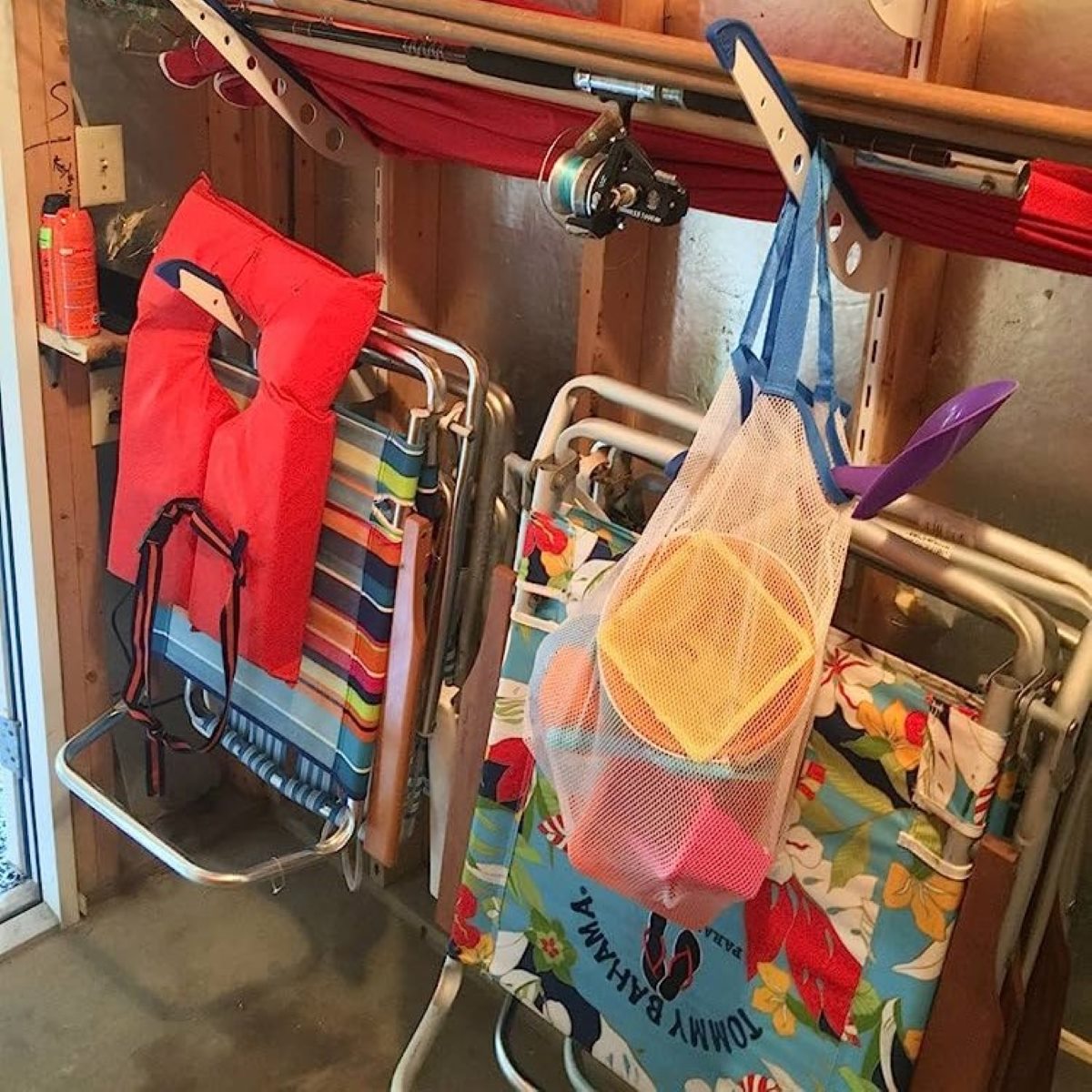
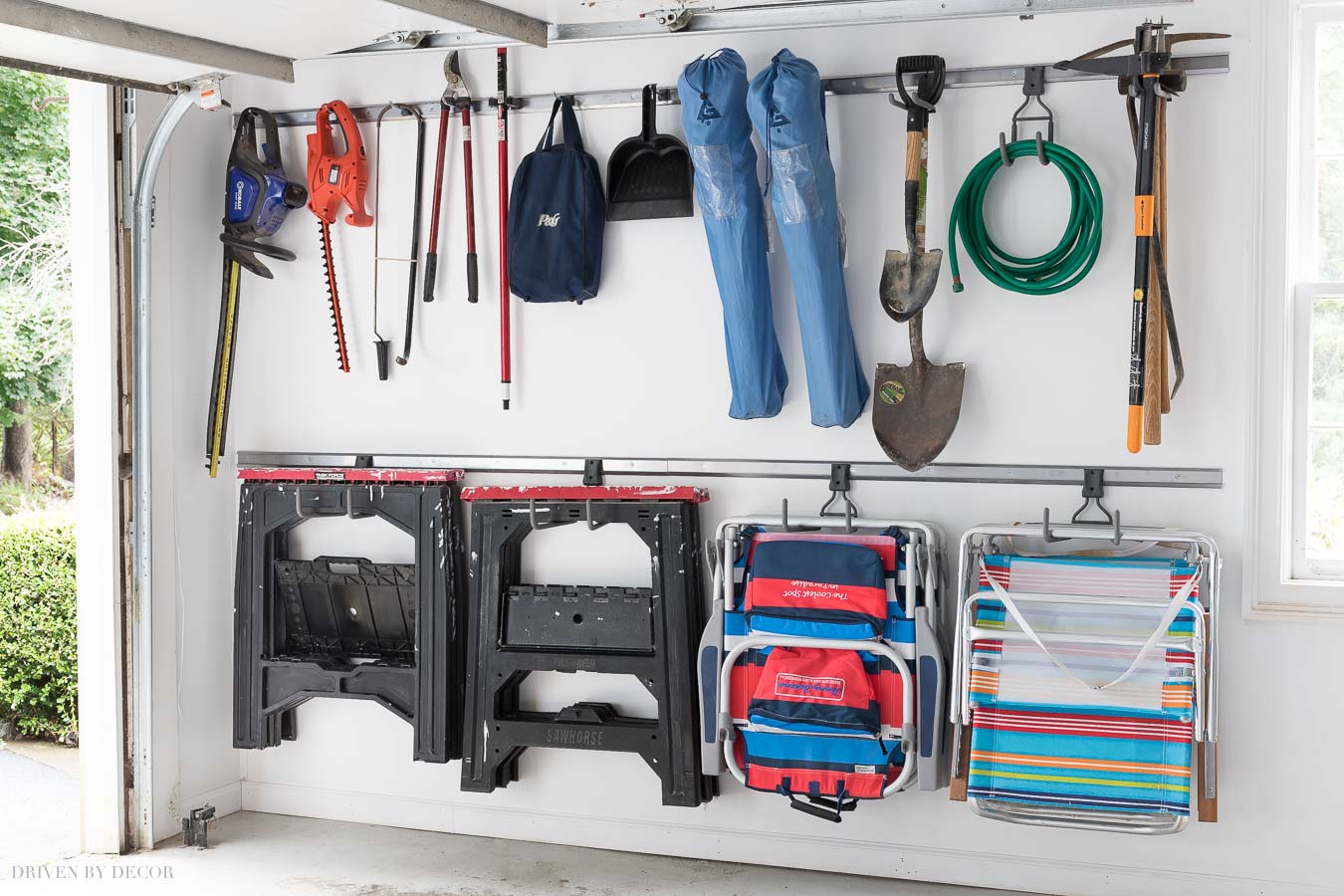
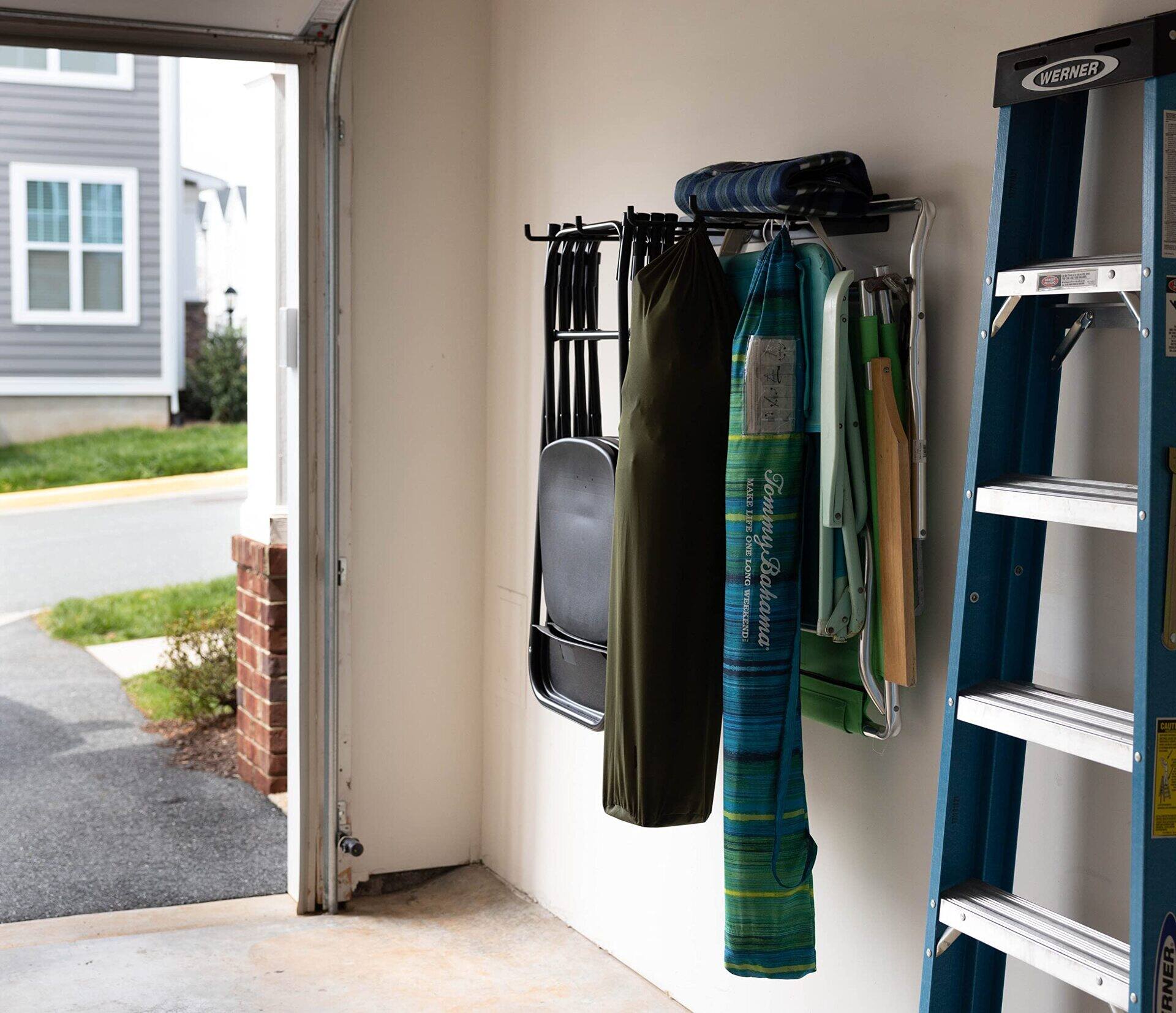

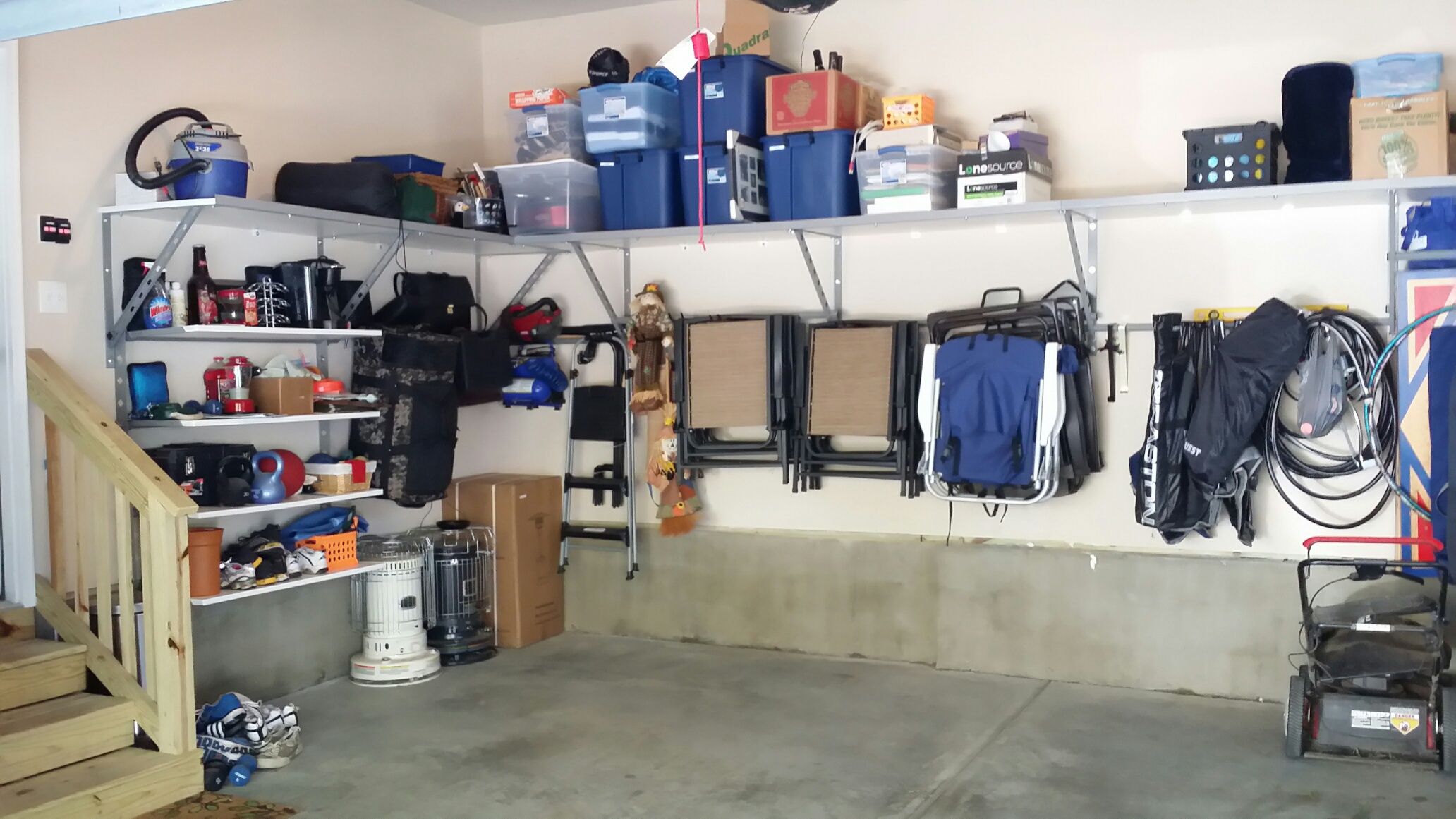
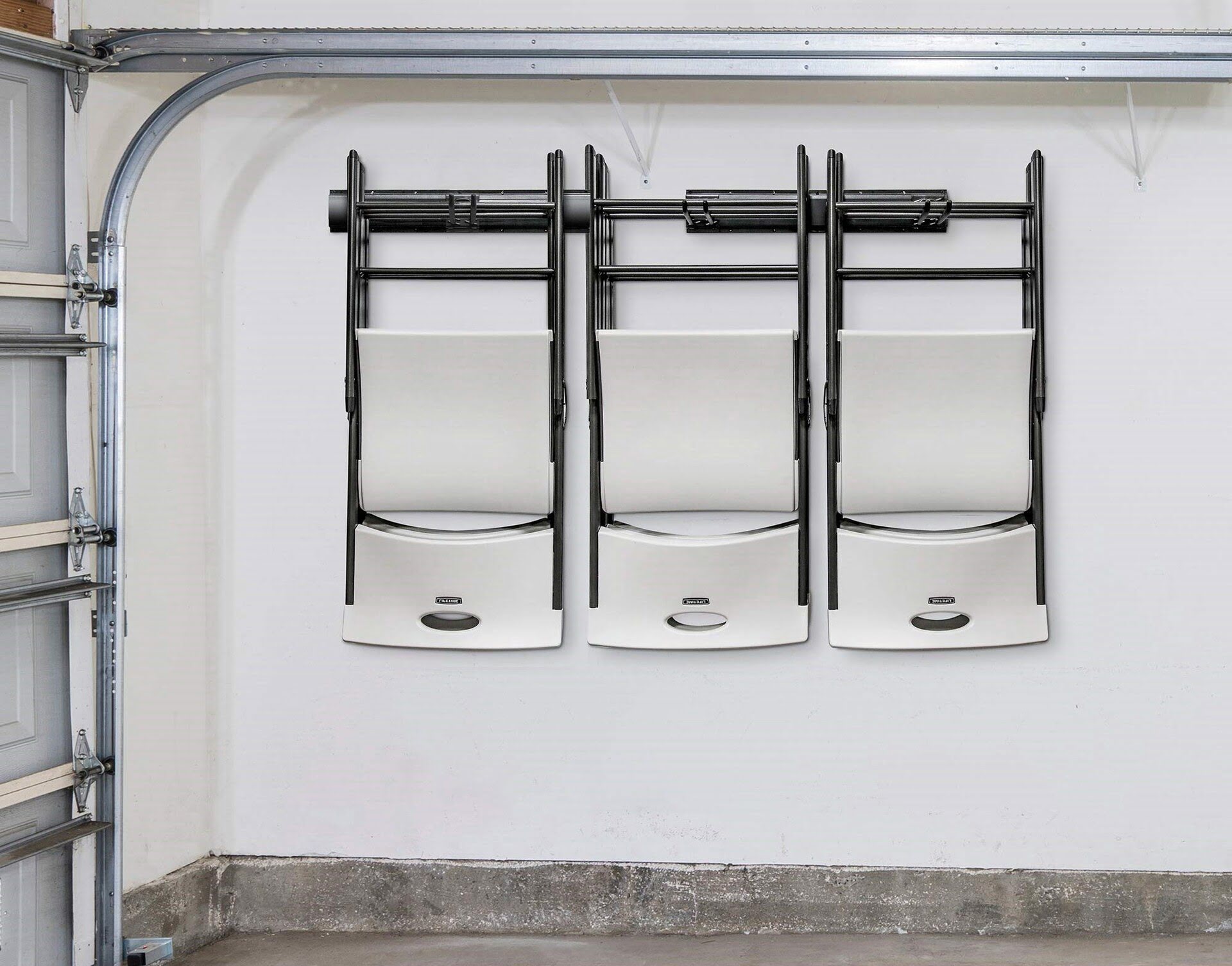
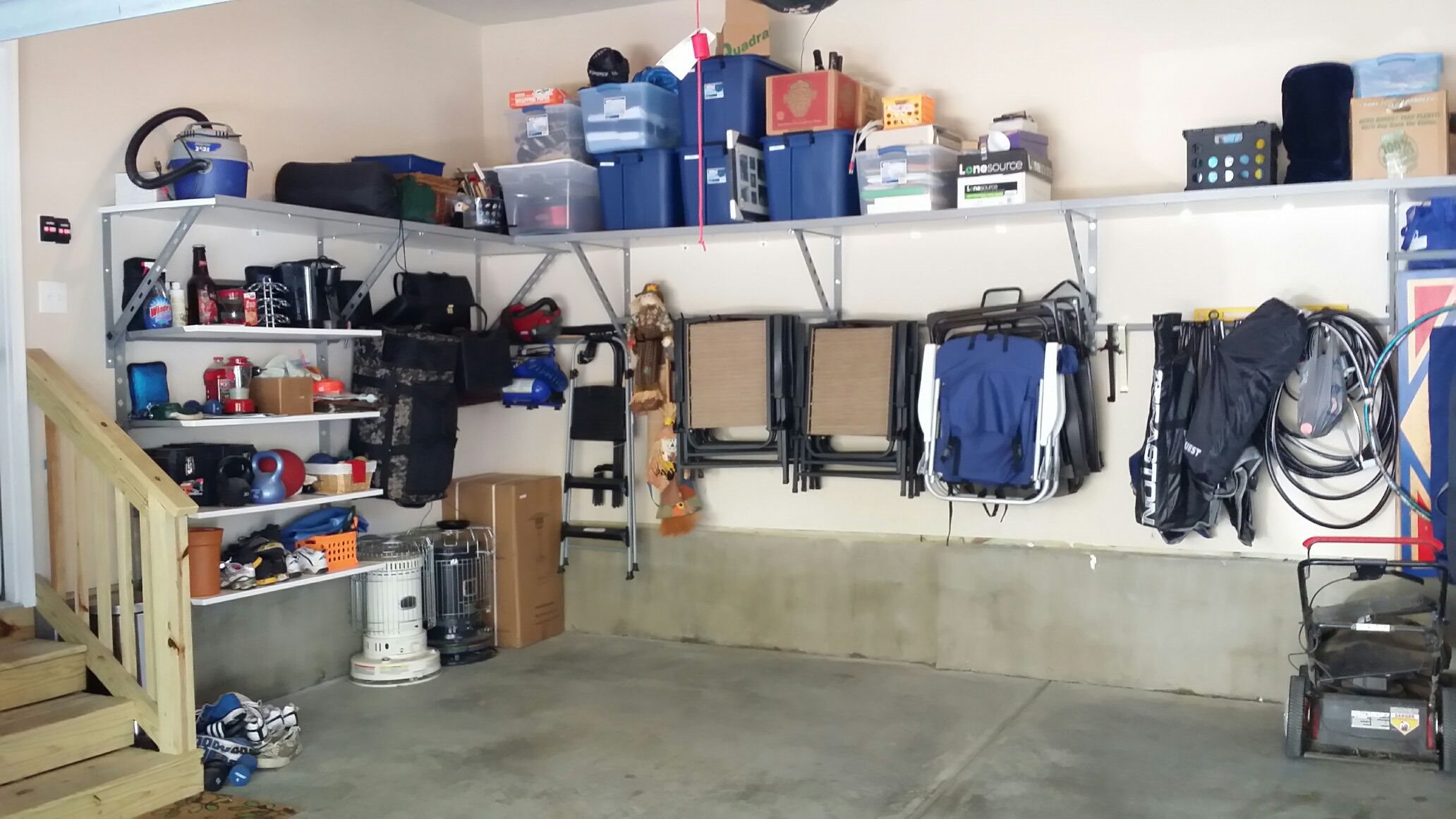
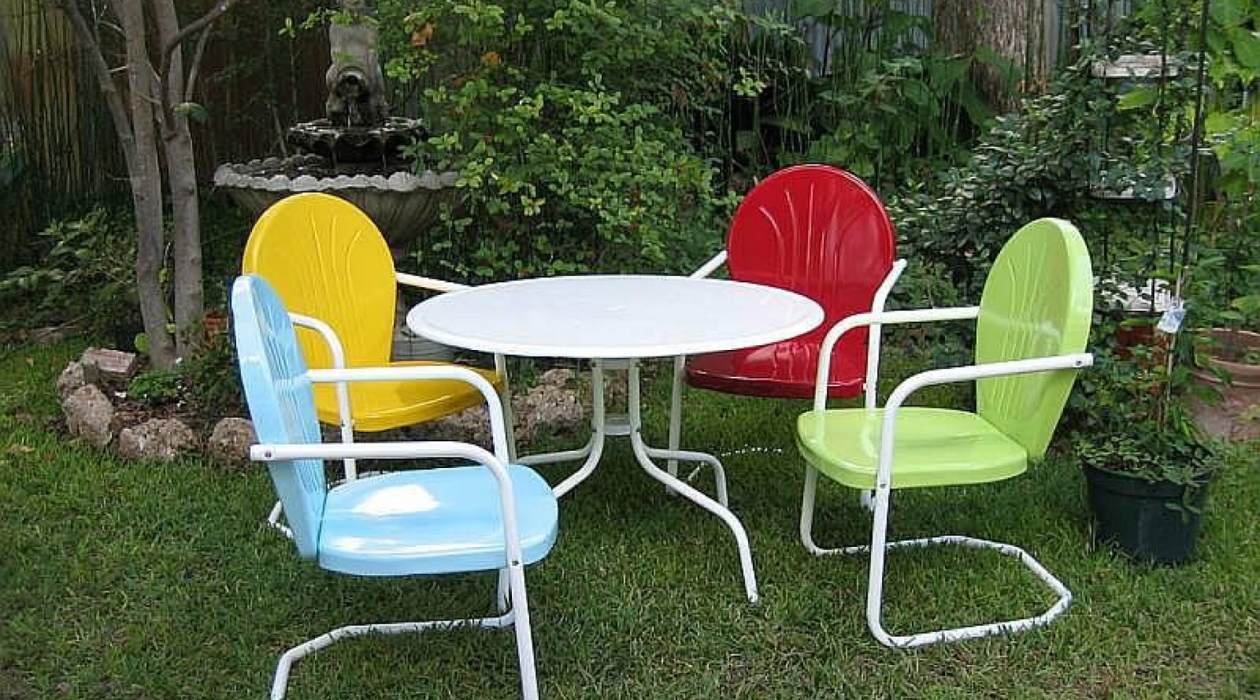
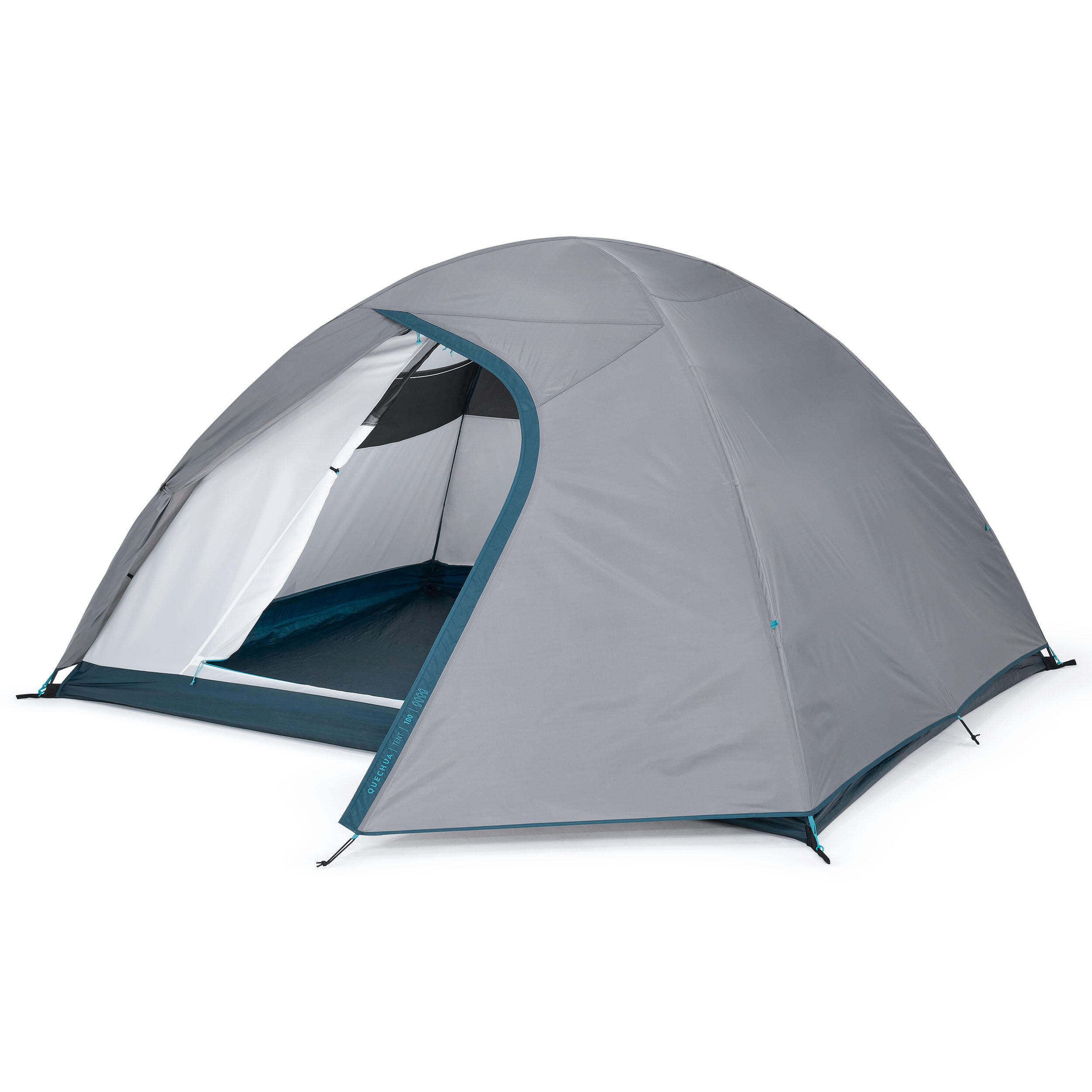
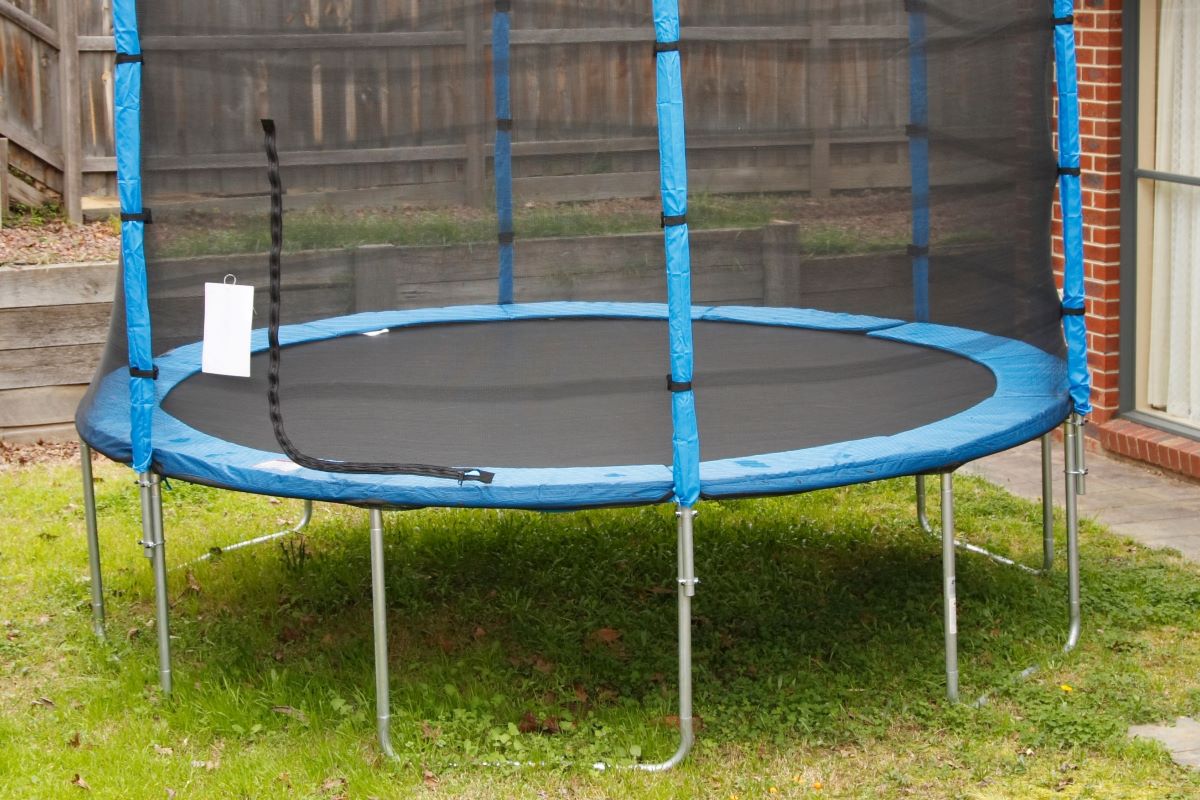
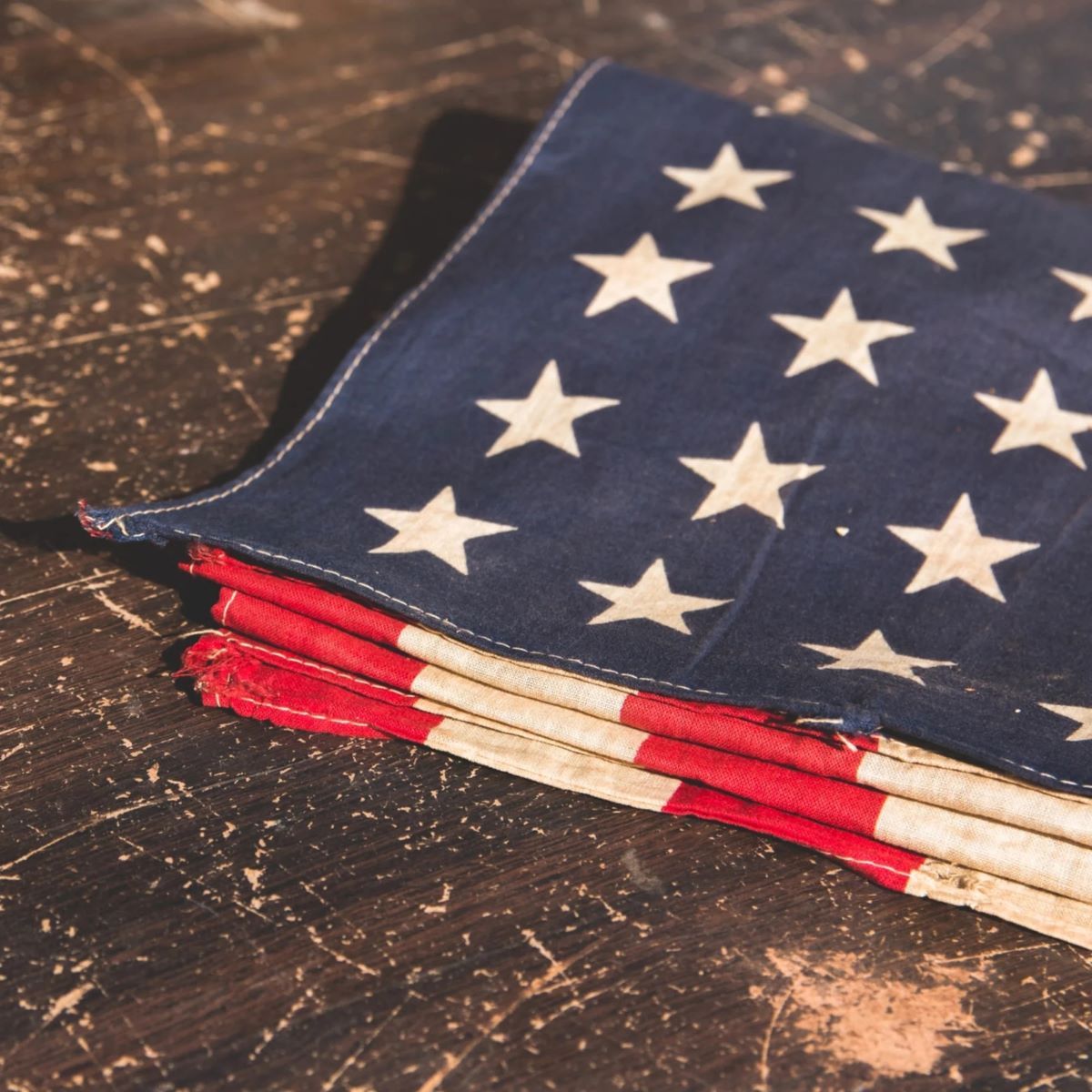
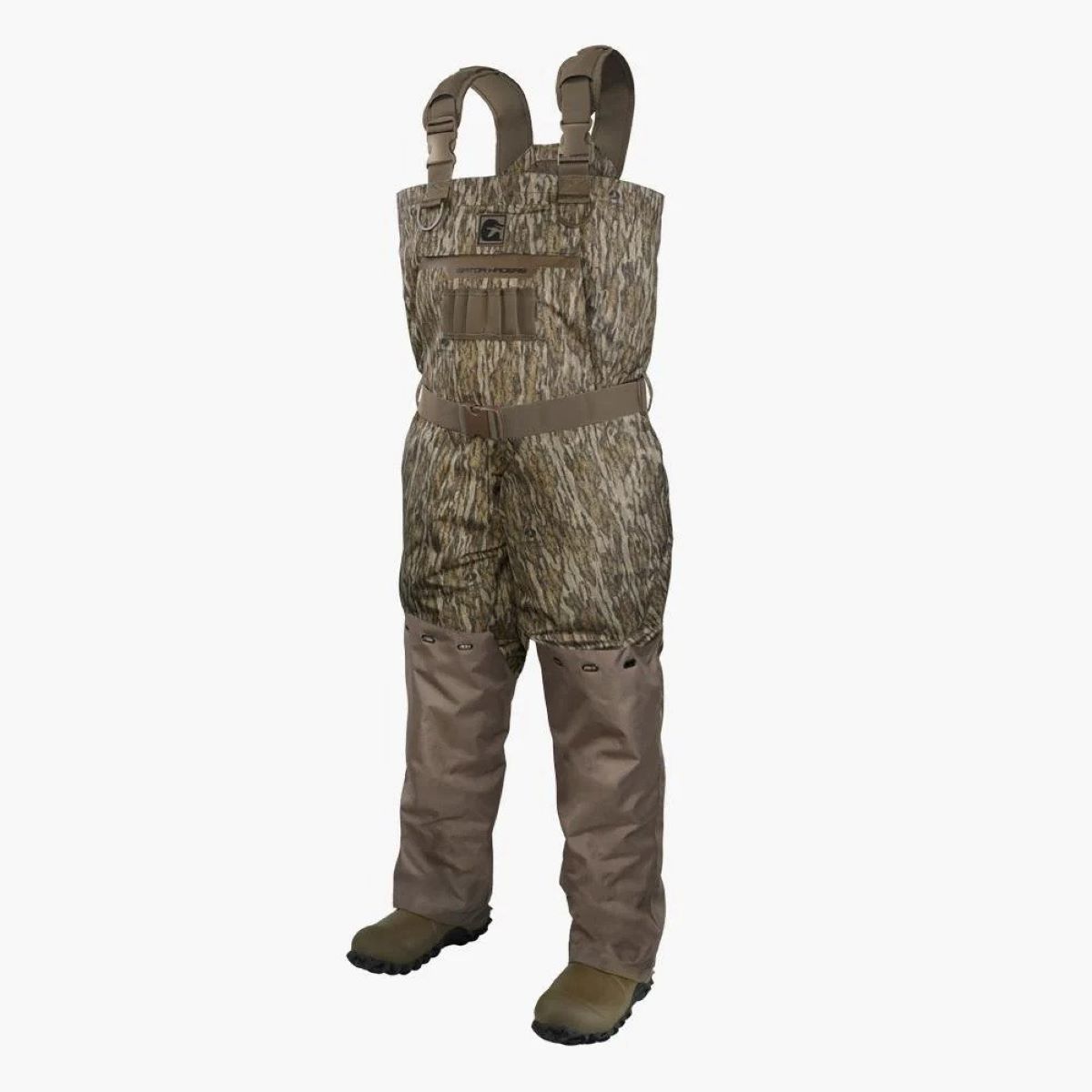
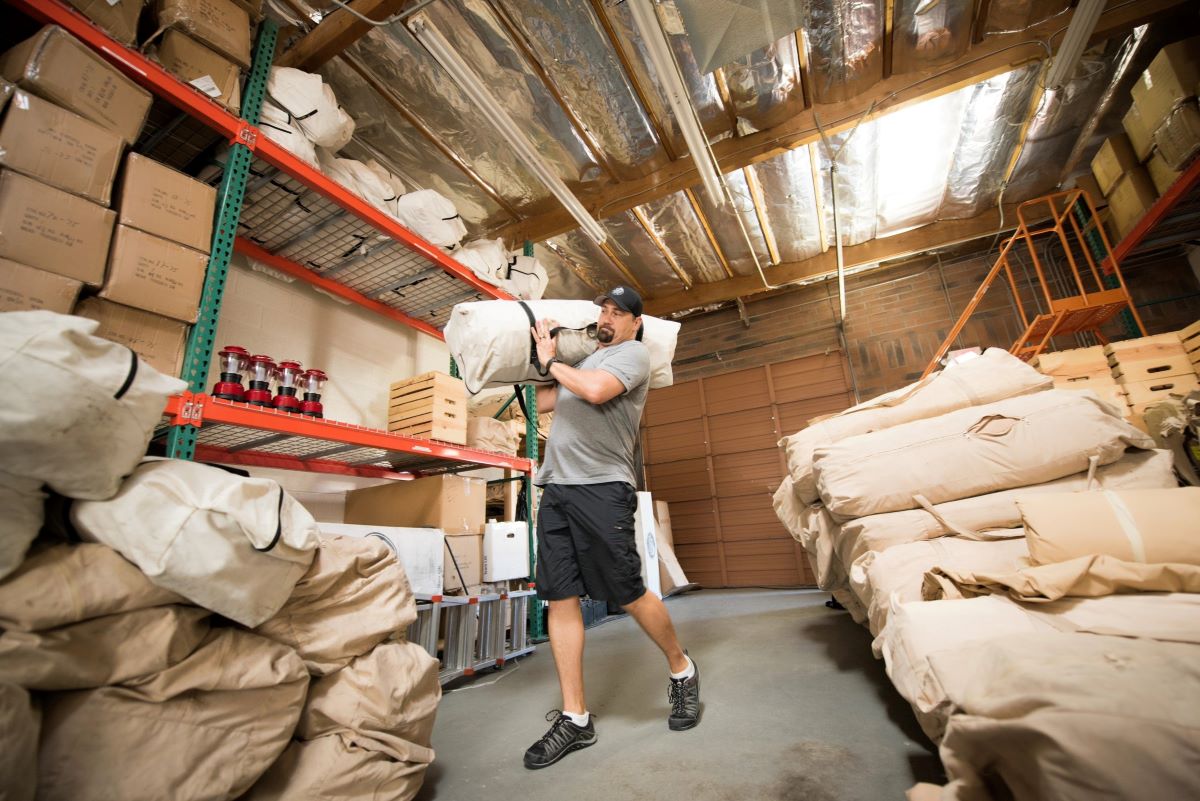
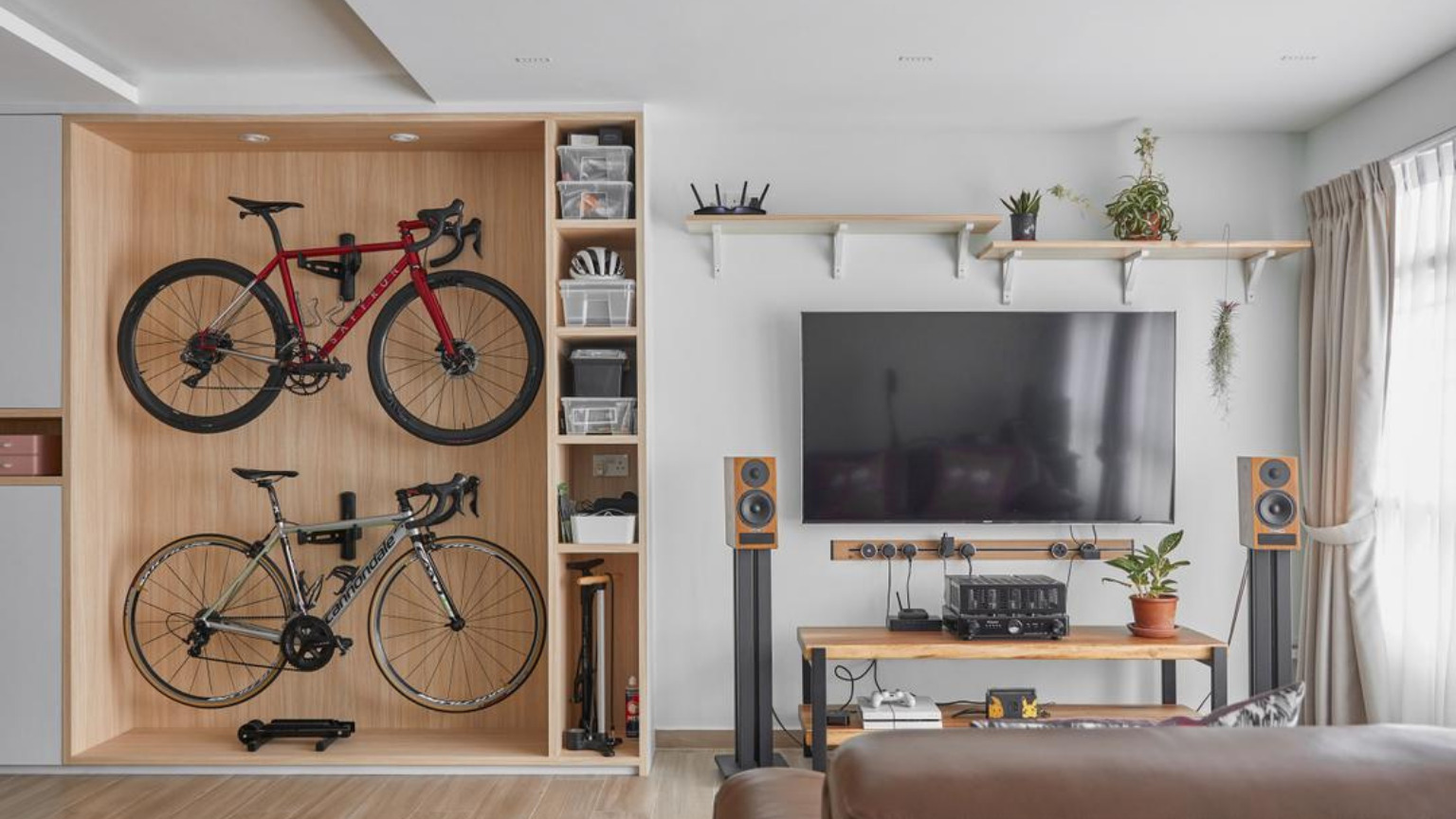

0 thoughts on “How To Store Camp Chairs”